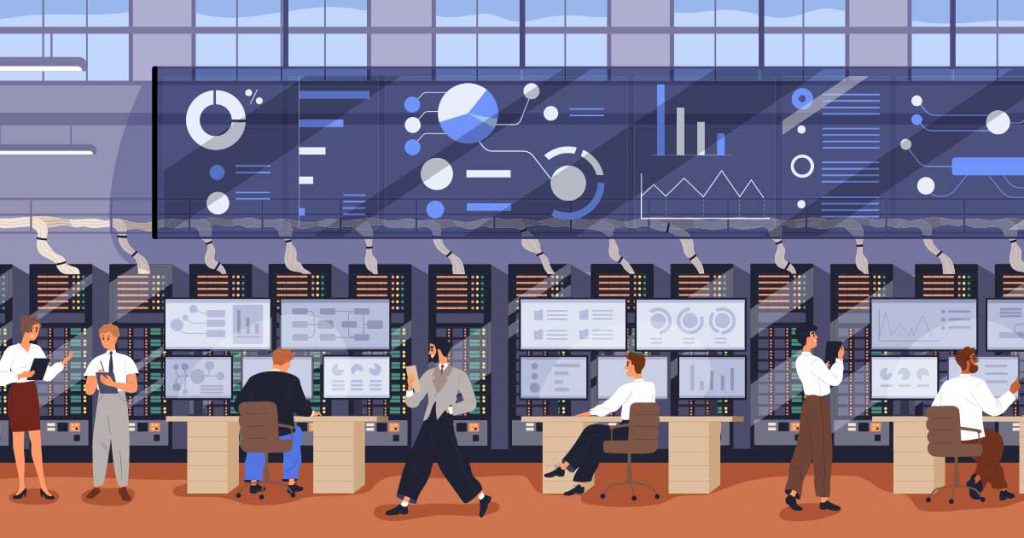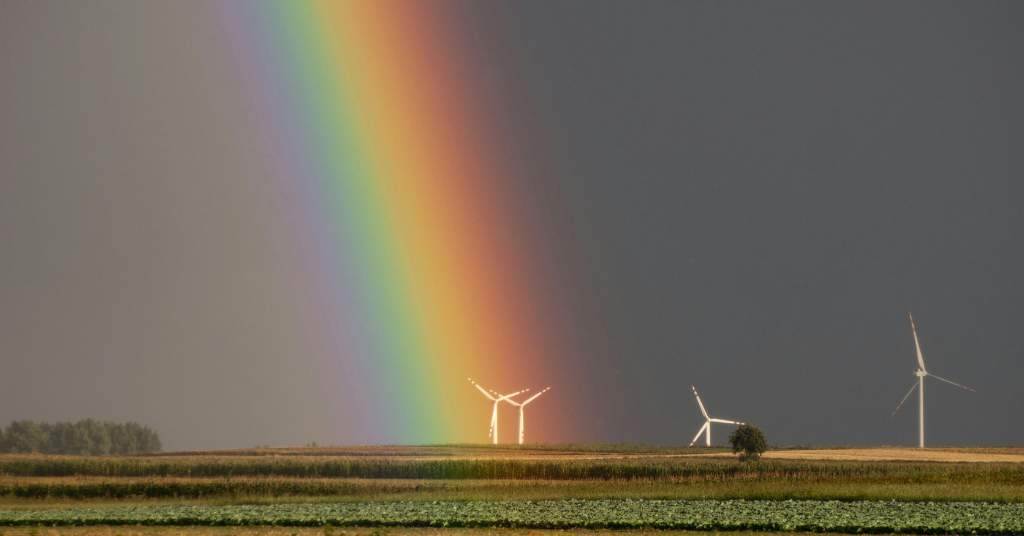Renewable energy is derived from natural resources that can be regenerated – the most well-known ones are wind, solar, and water. Still, biomass or geothermal sources are coming up on the list. There are many advantages of renewable energy; however, some difficulties make implementation hard.
So many advantages
One of the most important characteristics of renewable sources that they are sustainable and will not be depleted with use. Also generally speaking, they are cleaner than traditional fossil fuels and don’t contribute to air or water pollution.
Depending on the technology used, renewables usually provide a stable, reliable and affordable source of electricity and heat, while improving energy security and reduce dependence on fossil fuels, which can prove to be extremely useful for Europeans who are likely to face decisions where politics are involved.
Last, but certainly not least, renewable energy sources can create jobs and stimulate local economies as well as reduce poverty.
But there’s more to consider for governments
As long as state-of-the-art technologies don’t become a part of our everydays, producing renewable energy may remain to be expensive to produce and they surely require large capital investments.
Another issue that needs to be dealt with is that some of these energy sources may not always be available when needed due to weather conditions, and with the unpredictability of the climate crisis it might be a concern. Some of the technologies require large land areas and may cause environmental disruption – a wind turbine for example may disturb birds and solar panels will probably change the habitat of animals for good.
As most of the technologies are relatively new, they are often not as efficient as traditional energy sources.
How is the EU doing?
Eurostat, the statistical office of the European Union have published their statistics on the overall share of energy from renewable sources at EU level.
They’ve found that it represented 21.8 % of energy consumed in 2021, which is an unfortunate decrease from 22.1% in 2020 and is below target set for 2030 – in 2021 the Commission issued its proposal for amending the Renewable Energy Directive, increasing the target to 40% from 32%, and the REPowerEU plan from last year put the bar even higher to 45%.
When we take a look at the statistics, we need to keep in mind the differences among countries when measuring the success of implementation – the factor of being landlocked or simply smaller is just as important as having a smaller GDP per capita, but it’s easy to agree with the conclusion of Eurostat: “countries need to intensify their efforts”, especially when 15 countries of 27 are below the average.




